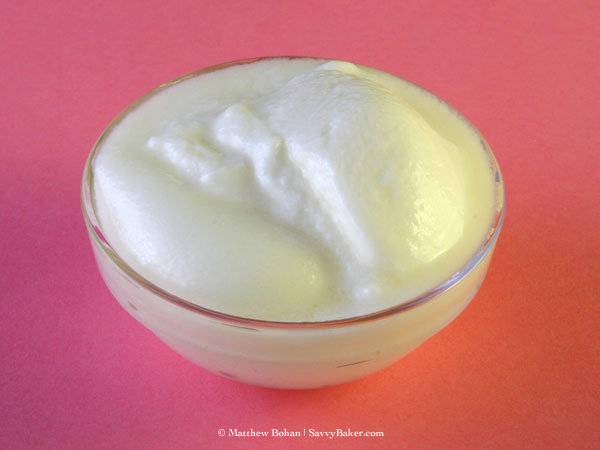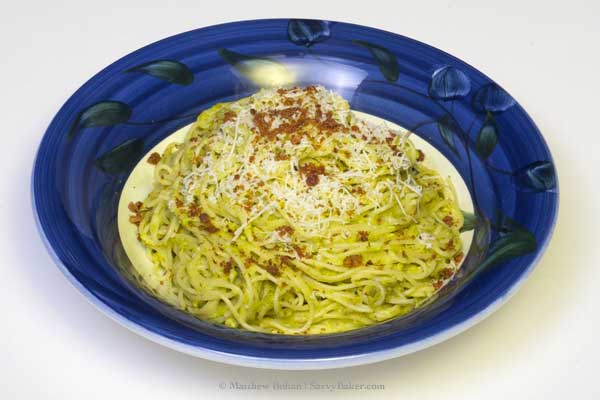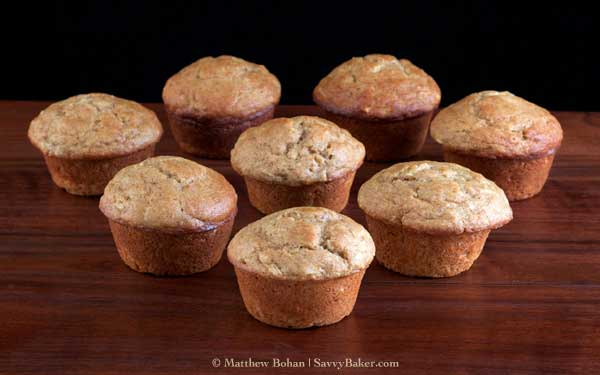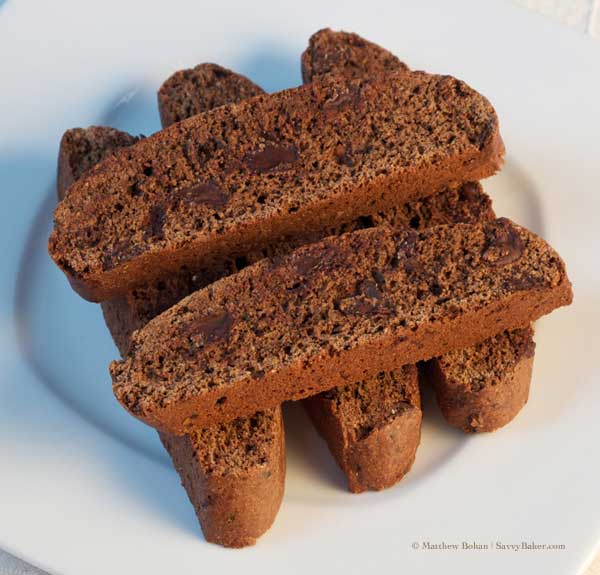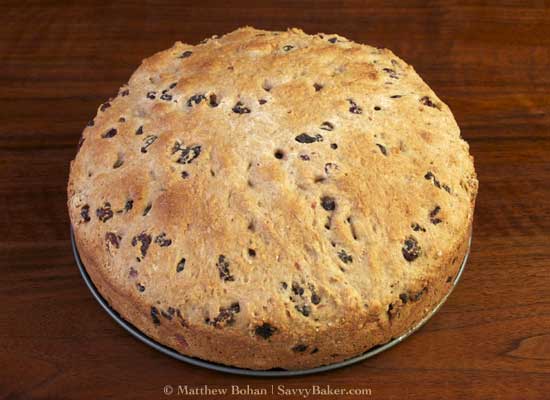Making yogurt isn’t for the faint of heart. It seems there’s a bit of an art to this enterprise, and what works for some people has rarely worked for me. This adaptation is the first that consistently yields a creamy, mildly tangy and subtly sweet yogurt. Success at last! (I’ve been trying on and off for almost two years.) What made the difference? I don’t know for sure, but my guess is that using Greek yogurt as the starter helped. I also think I finally hit upon the right combination of dry milk and sugar.
Why bother? For starters, yogurt is supposed to be excellent for your health. Unfortunately, commercial varieties tend to be pricey, especially in large quantities. Most are also high in sugar or artificial sweeteners. Finally, they are typically sold in non-recyclable or difficult-to-recycle plastic containers. Given that homemade yogurt costs significantly less than store bought, contains only as much sugar as we want it to, and results in no additional landfill plastic, it was (and is) worth it!
My main challenges were taste and texture, critical components to say the least. According to most recipes, one only needs milk, starter yogurt, clean equipment and the appropriate temperature controls to make creamy, great-tasting yogurt. Not me! Some of my previous attempts resulted in an I-can’t-believe-it’s-supposed-to-be-yogurt goo so runny that it was only suited for smoothies, if that. In an effort to correct that problem, I ended up with something so firm that it seemed like the result of a Jell-O experiment gone terribly wrong.
Except on baked potatoes or with an inordinate amount of jam mixed in, plain unsweetened yogurt doesn’t appeal to anyone in our family. Ultimately, I wanted to come up with a recipe that is sweet enough “as is” for adults yet appealing to kids after adding just a touch of maple syrup or jam. Apparently, 1/3 cup of sugar per 4 cups milk does the trick.
As for fat, yogurt made with whole milk is wonderful—of course—but other than those under the age of 2, who needs the extra fat? I use nonfat milk and love the results. If you give it a try, let me know how it goes.
Note: this recipe is adapted from Kathy Farrell-Kingsley’s The Home Creamery, which provides some helpful yogurt-making tips.
Hint o’ Vanilla Homemade Yogurt
Makes 1 quart
4 cups nonfat milk
1/3 cup sugar
1/3 cup nonfat dry milk
1/2 cup fresh (recently-purchased) vanilla Greek yogurt
Recommended Equipment
Whisk
Digital or candy thermometer
Yogurt maker, incubator or other means of keeping mixture at ~110° F for at least 5 hours
- Heat milk in a large pan, stirring and checking often to prevent burning. Remove from heat as soon as it reaches 185° F.
- Gently whisk sugar and dry milk into warmed milk and then cool to between 105° F and 115° F.
- Once mixture has cooled to at least 115° F, gently whisk in yogurt.
- Pour mixture into yogurt maker or jar(s).
- Maintain temperature at 104-110° F for 5 hours. Check consistency and flavor at that time.
- I usually consider it to be “done” at 5 or 6 hours, but if the yogurt isn’t as firm or tangy as you like, “cook” it for up to 5 hours longer, checking hourly to see if it has reached your preferred firmness and flavor.
© Liesl K. Bohan | SavvyBaker.com
